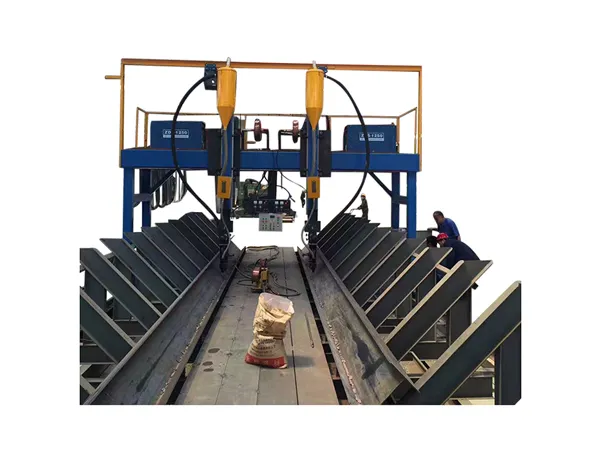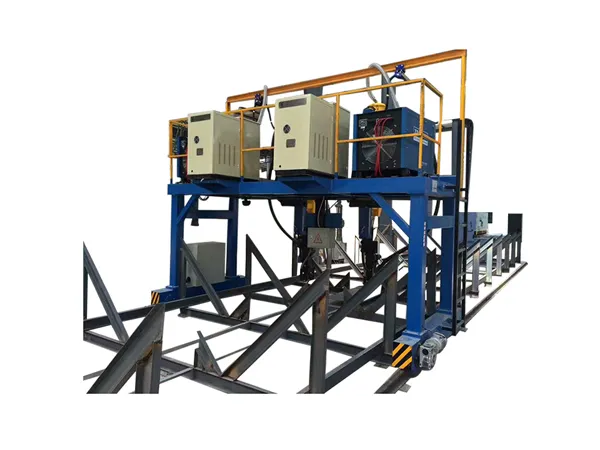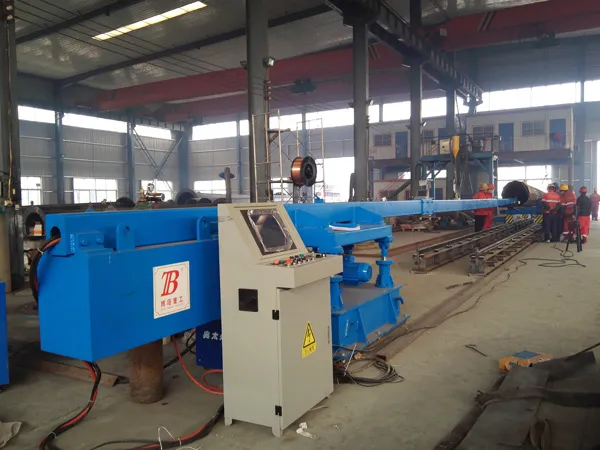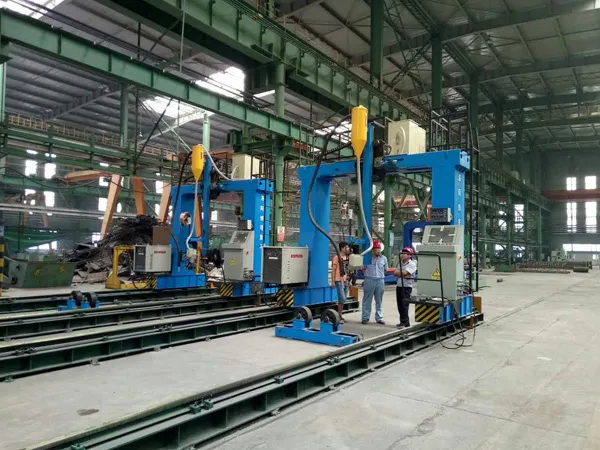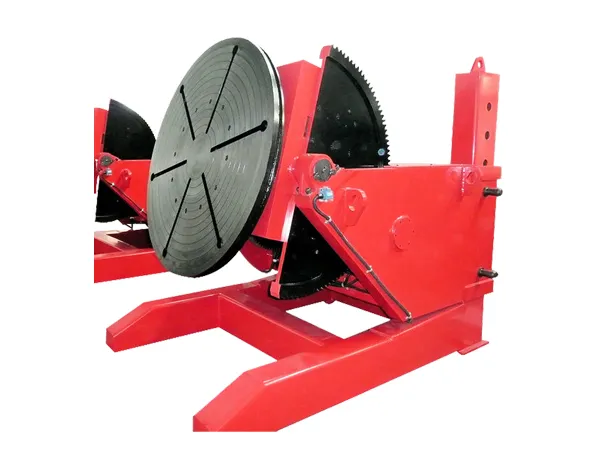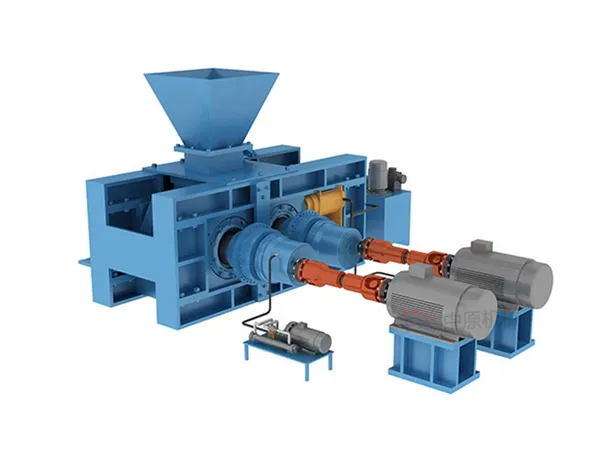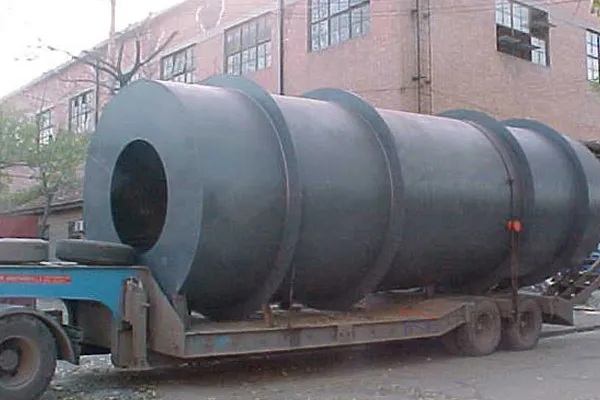Motores de vibración son dispositivos que generan vibraciones mecánicas para una variedad de aplicaciones, tales como comentarios hápticos en dispositivos, maquinaria industrial, y electrónica de consumo. Hay varios tipos de motores de vibración, cada uno con características distintas, diseños, y aplicaciones.
Tipos de motores de vibración

Masa giratoria excéntrica (Erm) Motores
Descripción: Los motores de Erm son motores de CC con un peso desequilibrado unido al eje. Cuando el motor gira, La fuerza centrífuga generada por el peso de desplazamiento hace que el motor vibre.
Aplicaciones: Ampliamente utilizado en teléfonos móviles, ratón, dispositivos portátiles, y otros pequeños dispositivos de mano para comentarios hápticos.
ventajas: Diseño simple, rentable, fácil de controlar la intensidad de la vibración variando la velocidad de rotación.
desventajas: La vibración no es uniforme debido a la masa giratoria.
Actuadores resonantes lineales (LRA):
Descripción: LRAS consiste en una masa magnética suspendida por un resorte, que oscila cuando se aplica una señal de CA. Están sintonizados para resonar a una frecuencia específica, proporcionando una fuerte vibración en una resonancia particular.
Aplicaciones: Usado en teléfonos inteligentes, tabletas, controladores de juego, wearables, y otros dispositivos que requieren comentarios hápticos precisos.
ventajas: Tiempo de respuesta más rápido, mejor eficiencia energética, y un control más preciso sobre las vibraciones que los motores erm.
desventajas: Se requiere un circuito de control más complejo, Y suelen ser más caros que Erm Motors.
Motores de vibración de monedas:
Descripción: Estos son un tipo de motor erm que tiene forma plano y en forma de monedas. La masa excéntrica está incrustada en una carcasa circular, haciéndolo compacto y fácil de integrar en dispositivos delgados.
Aplicaciones: Comúnmente utilizado en dispositivos portátiles como teléfonos inteligentes, relojes inteligentes, y bandas de fitness.
ventajas: Tamaño compacto, bajo consumo de energía, fácil de montar.
desventajas: Fuerza de vibración limitada debido a su pequeño tamaño.

Motores de vibración DC sin escobillas:
Descripción: Estos motores usan un diseño de motor DC sin escobillas, donde la rotación de un imán induce vibración sin cepillos físicos. El mecanismo de vibración es similar al ERM pero con mayor eficiencia y durabilidad.
Aplicaciones: Equipo industrial, aplicaciones automotrices, y entornos más exigentes que requieren larga vida y confiabilidad.
ventajas: Vida más larga, menor mantenimiento, mayor eficiencia, y mejor control.
…
Se puede encontrar información más detallada sobre los tipos de motores de vibración en: https://www.zexciter.com/en/a/news/vibration-motors-types.html


